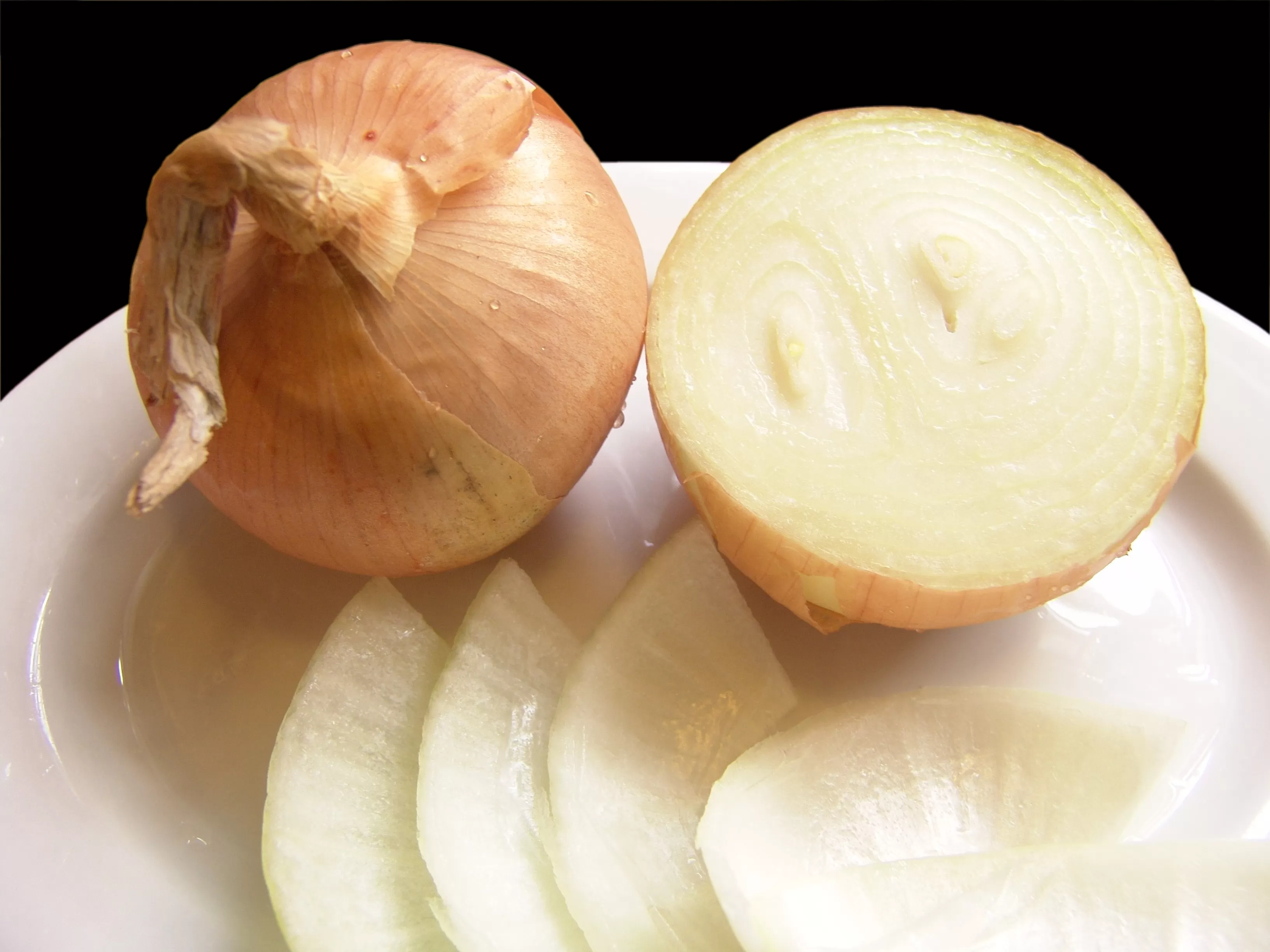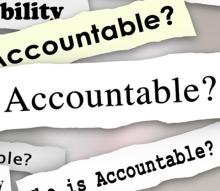
Did you see this week's episode of "CHOPPED?" It contained one of the most ridiculous combinations of foods I've seen yet. The chefs had to incorporate the following into an appetizer: kabocha squash, sardines, banana chips, and rice paper. WHAT? Tough basket for this week's chefs, for sure. On to our version of CHOPPED... So, what is a CV, anyway? That is a question I often hear from trainees. A more common question is: "What (on earth) is the difference between a CV and a résumé?" A curriculum vitae (CV) is a document that outlines your entire academic history. It is used most often to apply for faculty positions at colleges and universities, for research-intensive positions at national labs or research institutes, and for fellowships, grants, or awards. A résumé is a document that highlights your education, experiences, and skills as they relate to a particular position. It is essentially used for every position other than a faculty opening, for which a curriculum vitae (CV) is used. Some employers seeking the content of a résumé may instead request a CV, leaving the job seeker at a total loss. If you'd like more help in sorting out which document to prepare, visit the new and improved OITE website and take a look at the handouts on both CV and resume writing. Now...on to this week's victim, with names changed to protect the innocent, and my comments in red. This is less of a chop, though, and more of a sauté, as this CV is in such good shape. Consider this a sample that you might use as a model when constructing/editing your own document. ____________________________________
Hira Mee Tudeigh, Ph.D.
7890 Lois Lane anytrainee@mail.nih.gov (work) Baltimore, MD 21224 iheartscience@emailhost.com (home) (abc) def-ghij Education and Training
- National Institute on Drug Abuse (NIDA)
National Institutes of Health (NIH), 2005-present
Post-Doctoral Fellow, Intramural Research Training Award (IRTA)
- Post-doctoral research topic: Differential pharmacology of independent synaptic inputs to the ventral tegmental area (VTA).
Mentor: Ino Alotta Stuff, Ph.D.
I have seen postdoctoral appointments listed under "Education and Training" or "Research Experience" categories. Either is fine.
- University of Arkansas for Medical Sciences (UAMS)
Center for Translational Neuroscience, 2002-2005
Ph.D. in Neurobiology and Developmental Sciences
- Doctoral dissertation title: Development of REM sleep: Cholinergic and intrinsic mechanisms.
Mentor: Read Abookaday, Ph.D.
When working on an academic CV, it is often helpful to list your mentor(s).
- University of Central Arkansas (UCA), 1997-2001
B.S. in Psychology with a minor in Chemistry
- Neurobiology research topic: Role of pedal 3 neurons in turning while crawling in the marine slug Tritonia diomedea.
Mentor: Interest Ingresearch, Ph.D.
- Psychology research topic: Immediate effects of a terroristic event on birth rates.
Mentor: Patenting Althetime, Ph.D.
Teaching
- Instructed Chemistry and Experimental Neurobiology Labs to over 350 students, 1999-2001
- Tutored Chemistry I, Chemistry II and Physiological Chemistry, 2000-2001
Mentoring
- NIDA summer student. Physician-Scientist Training Program, 2010
- Senior high school student in Honolulu, HI
- UAMS summer student, 2004-2005
- Chemistry Ph.D. student at Stanford University, Barry M. Goldwater Scholarship recipient
- UAMS post-baccalaureate, 2003-2005
- Science writer
Note how early in the CV the "Teaching" and "Mentoring" categories fall. Order is very important in CV writing, as it demonstrates interest and experience appropriate to the job at hand. For example, if this trainee were applying for teaching-intensive faculty positions, this order would be spot-on. If she/he were interested in research-intensive faculty jobs, listing research experience and publications earlier would be more useful. Awards and Honors
- NIH Fellows Award for Research Excellence (FARE), 2008
- Eli Lilly Graduate Student Travel Award to the Society for Neuroscience meeting, 2004
- Walter Morris Neuroscience Award for Best Graduate Student Presentation, 2004
- Sleep Research Society’s Trainee Merit Based Travel Award, 2004
- UAMS Graduate School Travel Fund Award, 2003
- 1st place Undergraduate Research Award from the Faculty for Undergraduate Neuroscience for exceptional independent neurobiology research (additional monetary award from UCLA), 2001
- Certificate for Meritorious Service to the Community from the American Chemistry Society, 2001
- 3rd place Undergraduate Student Oral Presentation from the Arkansas Academy of Science, 2001
Professional Service
- Co-founded the NIH Patent Law and Technology Transfer Scientific Interest Group, 2008
- Chief Physiology Judge for the NIH Fellowship Award for Research Excellence, 2008-2010
- NIH Fellows Committee (FelCom) Membership Secretary, NIDA Basic Science Representative, Job Fair Subcommittee, 2007-2010
- Sleep Research Society Trainee Day Subcommittee Member, 2004-2005
- President of the Student Affiliates, American Chemistry Society, 2000-2001
- Treasurer of the Student Affiliates, American Chemistry Society, 1999-2000
Professional Societies
- Society for Neuroscience, 2006-present
- Student Member Sleep Research Society, 2003-2005
- Student Member Society for Neuroscience, 2002-2005
Community Involvement
- Organized and instructed Chemistry lectures and labs for the High School Science Workshop held at the University of Central Arkansas, 2000-2001
- Held Chemistry demonstrations for 1st to 4th grade students at rural schools located in the central Arkansas region, 2000-2001
- Judged the Central Arkansas Regional Science Fair and high school science fairs, 2000-2001
- Volunteer in the Little Rock Baptist Hospital Emergency Room, 1998-1999
Both "Professional Service" and "Community Involvement" are important to list for teaching-intensive positions, as they demonstrate a commitment to issues other than one's work; i.e. a commitment to serve the community, whether that be the campus community, the scientific community, etc. Invited Presentations 1) Are Pre- and Postsynaptic G-Protein Coupled Receptors Regulated Differently? Winter Conference on Brain Research, 2011. 2) Taking it all in: Functional properties of distinct inputs to VTA dopamine neurons. Winter Conference on Brain Research, 2010. 3) Impaired electrophysiological function in the substantia nigra precedes parkinsonian deficits in the MitoPark mouse. Gordon Research Seminar: 2009. Publications Book Chapters 1) Some Other People and Me. Chapter Title, In: Book Title, Really Smart Person (Ed.), Publisher, City, State, Zip. Chapter 9. Research Articles in Progress (* indicates shared first authorship) 1) Me*, Some Other Person*, Another Person, and Many Others. Article title. 2) Some Other Person, Me, and a Few Others, Article title. 3) Me, and Two Others. Article title. 4) Me and Another Person. Article title. Research in Progress. I appreciate the fact that the writer separated works in progress from published work here. Research Articles Published (* indicates shared first authorship) 5) Another Person*, Me*, Lots of Other People. (2010). Article title. Journal Title, In press. 6) Me and One Other Person (2010). Article title. Journal Title. 30(23): 7900 –7909. 7) Another Person, Me, and One Other. (2010). Article title. Journal Title. 59(1-2): 121-7. 8) Me and One Person (2009). Article title. Journal Title. 587(6): 1233-47. 9) Me (2007). Article title. Journal Title. 27(1): 1-3. 10) Me, and Several Others. (2007). Article title. Journal Title. 1129(1): 147-55. 11) A Few Others, Me, and a Few More. (2006). Article title. Journal Title. 141(2): 769-79. 12) Me, and Many People. (2006). Article title. Journal Title. 28(2): 210-19. 13) Several People, Me, and One Other Person. (2005). Article title. Journal Title. 3(2): 89-113. 14) One Person, Me, and Several Others. (2004). Article title. Journal Title. 91(4): 1470-1481. 15) One Person, Me, and a Few Others. (2004). Article title. Journal Title. 96(2): 735-746. 16) A Couple People and Me. (2003). Article title. Journal Title. 2(2): 115-131. 17) A Few People, Me, and a Few More. (2003). Article title. Journal Title. 140(1): 57-66. Abstracts and Presentations 1) This Person, Me, Those People. (2010). Title. Society for Neurosci. Abst. 2) Me and That Person. (2009). Title. Gordon Research Conference. 3) Me and That Person. (2008). Title. Society for Neurosci. Abst. 4) Me, Some Other Person, and This Person (2007). Title. Society for Neurosci. Abst. 5) Some Other Person, That Person, Me, and This Person. (2007). Title. Society for Neurosci. Abst. 6) Me and Some Person. (2006). Title. Society for Neurosci. Abst. 7) Some People, Me, and Another Person. (2006). Title. Sleep 28. 8) Some Person, Me, and Some More People. (2006). Title. Sleep 28. ...And this list continued through 19 items, so this trainee has kept him/herself busy for some time. _____________________________________ Send along your CV, résumé, or letter to msinche@gmail.com if you're willing to brave the chopping block. As with today's example, I may be quite easy on you: certainly easier than coming up with an appetizer of banana chips and sardines. :)




